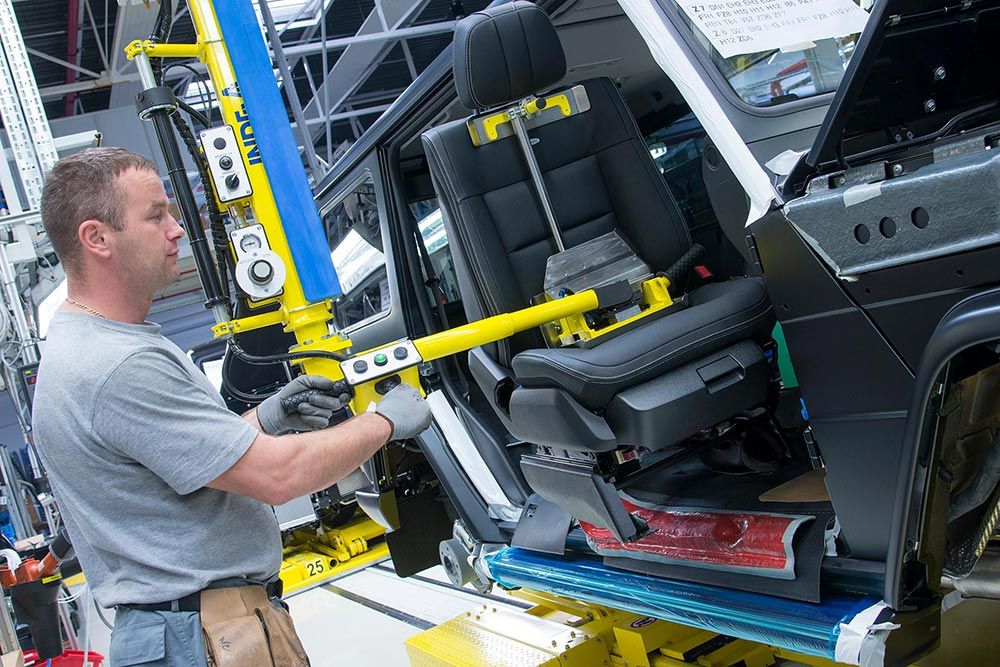Section 232 tariffs have weakened the U.S. auto industry, according to U.S. manufacturers.
An earlier model by the International Trade Commission (USITC) estimated that Section 232 tariffs led to an increase in the domestic supply of certain steel and aluminum products.
The reference for this conclusion was included in the report USMCA Automotive Rules of Origin: Economic Impact and Operation 2025, released Tuesday by the USITC.
Section 232 Tariffs
Beginning April 3, 2025, certain vehicles («automobiles») are subject to an additional 25% ad valorem tariff under Section 232.
For vehicles imported from Canada and Mexico that enter on duty-free treatment under USMCA, the tariff applies only to non-U.S. content.
In addition, effective May 3, 2025, certain auto parts («autos») are subject to an additional 25% ad valorem tariff under section 232.
Parts imported from Canada and Mexico entering on duty-free treatment under the USMCA are currently exempt from the section 232 tariffs.
Auto Pricing
Under an executive order dated April 29, 2025, each U.S. vehicle manufacturer may receive a tariff offset equal to 3.75% of the aggregate value of the manufacturer’s suggested retail price (MSRP) of all vehicles assembled in the United States from April 3, 2025 through April 30, 2026, and 2.5% of the aggregate value of the MSRP from May 1, 2026 through April 30, 2027.
In 2017, the U.S. Secretary of Commerce initiated investigations under section 232 of the Trade Expansion Act of 1962 to determine the national security effects of steel and aluminum imports.
Following the investigations, and upon the Secretary’s recommendation, the United States imposed additional tariffs on certain steel and aluminum imports.
The action was taken under Section 232. According to a previous Commission model, the tariffs boosted domestic supply. Steel and aluminum went mainly to subsectors such as metal stampings for vehicles and other auto parts.
However, prices went up. Steel increased 2.47%. Aluminum, 1.27%.
According to U.S. manufacturers, this increase affected competitiveness. Vehicle production in the United States lost margin. Profits also fell.

